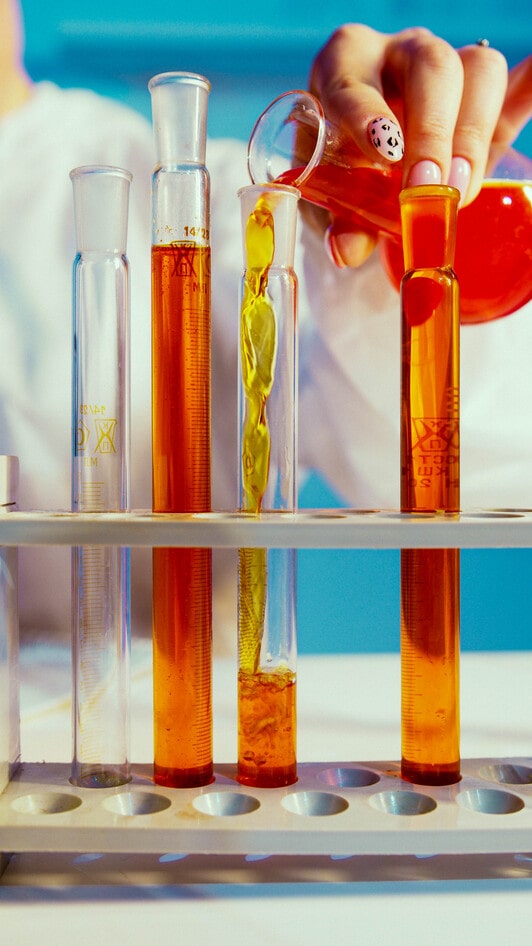
Nutraceutical Role of Polyphenols and Triterpenes Present in the Extracts of Fruits and Leaves of Olea europaea as Antioxidants, Anti-Infectives and Anticancer Agents on Healthy Growth
Eva E Rufino-Palomares, Amalia Pérez-Jiménez, Leticia García-Salguero, Khalida Mokhtari, Fernando J Reyes-Zurita, Juan Peragón-Sánchez, José A Lupiáñez
Affiliations
- PMID: 35408740
- PMCID: PMC9000726
- DOI: 10.3390/molecules27072341
Abstract
There is currently a worldwide consensus and recognition of the undoubted health benefits of the so-called Mediterranean diet, with its intake being associated with a lower risk of mortality. The most important characteristics of this type of diet are based on the consumption of significant amounts of fruit, vegetables, legumes, and nuts, which provide, in addition to some active ingredients, fiber and a proportion of vegetable protein, together with extra virgin olive oil (EVOO) as the main sources of vegetable fat. Fish and meat from poultry and other small farm animals are the main sources of protein. One of the main components, as already mentioned, is EVOO, which is rich in monounsaturated fatty acids and to a lesser extent in polyunsaturated fatty acids. The intake of this type of nutrient also provides an important set of phytochemicals whose health potential is widely spread and agreed upon. These phytochemicals include significant amounts of anthocyanins, stilbenes, flavonoids, phenolic acids, and terpenes of varying complexities. Therefore, the inclusion in the diet of this type of molecules, with a proven healthy effect, provides an unquestionable preventive and/or curative activity on an important group of pathologies related to cardiovascular, infectious, and cancerous diseases, as well as those related to the metabolic syndrome. The aim of this review is therefore to shed light on the nutraceutical role of two of the main phytochemicals present in Olea europaea fruit and leaf extracts, polyphenols, and triterpenes, on healthy animal growth. Their immunomodulatory, anti-infective, antioxidant, anti-aging, and anti-carcinogenic capabilities show them to be potential nutraceuticals, providing healthy growth.